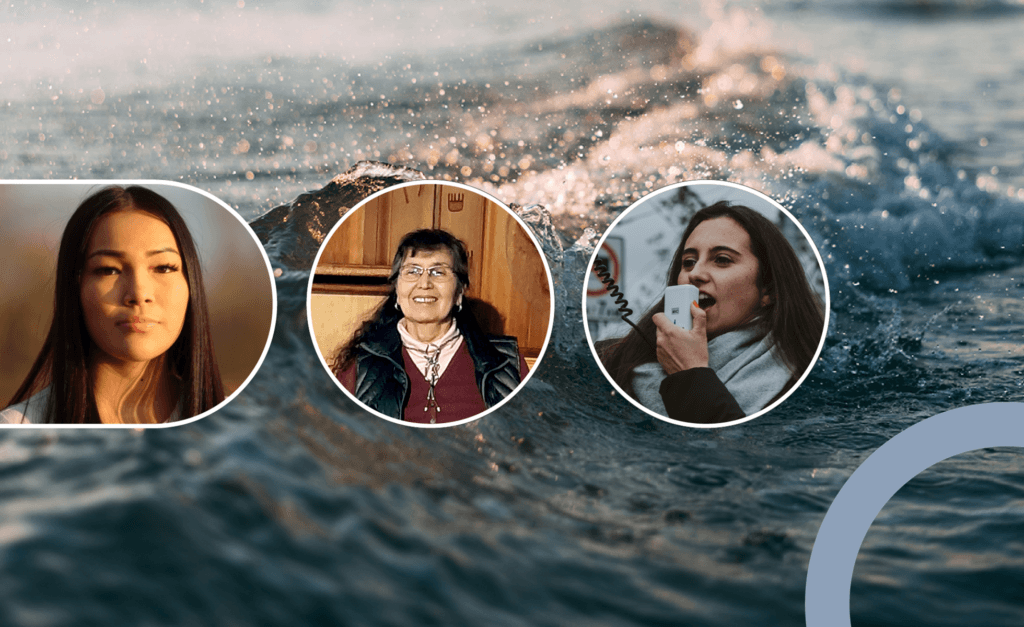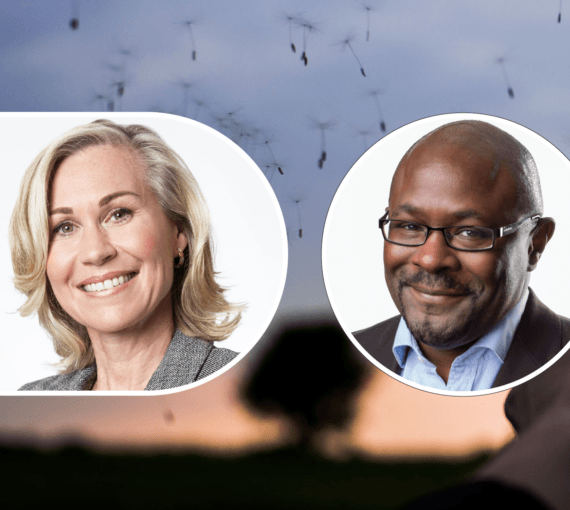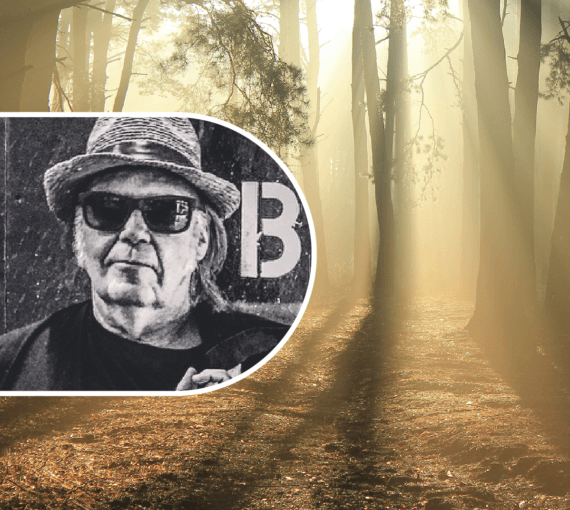
Youth activist Autumn Peltier, Jeannette Armstrong of the Penticton Indian Band and youth activist Allie Rougeot.
Our bodies are more than 70 per cent water.
The coronavirus also exists in water, carried in tiny droplets before it makes its way into our lungs. Without water, there would be no pandemic, but there would also be no us. Water makes life possible.
Water is the theme of the third episode of my new podcast’s first season, “COVID-19 and the Basic Elements of Life.” I speak with author, educator, artist and activist Jeannette Armstrong of the Penticton Indian Band about the importance of language in framing our world views. I also speak with young activists Autumn Peltier and Allie Rougeot about why they got involved at such a young age, and what’s at stake for youth activists everywhere. Plus, longtime David Suzuki Foundation oceans expert Jay Ritchlin joins me to talk about the current risks facing these massive bodies of water.
The great gift to all life is the hydrologic cycle, in which water evaporates, condenses in clouds and falls as rain. Life is a part of that cycle. Plants, fungi and bacteria filter water, which is sucked up from the ground by trees. They transpire it into the air as vapour that rises and flows in great rivers sprinkling onto land and oceans. Of all the water on Earth, 96.5 per cent is in the oceans and only 2.5 per cent is fresh water. Fresh water should be considered a priceless “rare Earth substance.” Instead, we pollute and waste it at astonishing rates.
Traditional water keepers around the world show us our responsibility to protect, honour and share it. How can we learn from them water’s role in all life on Earth, and our responsibility to use, protect and share it?
For Jeannette Armstrong and her people, thinking about sustainability means thinking about the land as a whole; an organism cannot survive outside of its ecosystem. “That water…is what we are,” she says. “It travels through the air, travels through the land, travels through our bodies…. If you could see that flow of water that continuously ties everything together as a life form in those cycles of rain and snow and rivers and wetlands and springs — those are all a part of what brings life to us. So, it’s our life.” Jeannette says the water cycle shows us how everything is connected. Our ecosystems are in constant conversations with each other — and when one part of the system isn’t doing well, the entire system is hindered.
That water…is what we are. It travels through the air, travels through the land, travels through our bodies.
Jeannette Armstrong
Jay Ritchlin, one of the top oceans and nature protection experts at the David Suzuki Foundation, works to preserve and restore Canada’s oceans on a number of levels. His campaigns for change involve understanding different philosophies about our natural world, often including partnerships with Indigenous nations. When I ask him what we can do to better protect water, including oceans, he says, “For all of us, everywhere, we’ve got to first learn to love it, respect it and live within the bounds of what it can sustain. You want to be precautionary and respectful and not assume that it’s too big to hurt.”
Meanwhile, young people are also speaking up to protect water, and the environment, for themselves and those who will come after them. Often, younger people find that they must take matters into their own hands to get the recognition they deserve. Allie Rougeot and Autumn Peltier have found those places to speak out.
A member of the Wiikwemkoong First Nation in northern Ontario and chief water commissioner for the Anishinabek nation, Autumn witnessed events growing up that introduced her to the idea of environmental racism. The inspiring 16-year-old explains her motivation for speaking out about the lack of safe water in Indigenous communities.
“Seeing that there were other kids my age and younger…never experiencing what it’s like to drink clean water from their taps. They weren’t able to do daily things like brushing their teeth or washing your hands or even taking a shower. This affected me. And I was like, ‘I need to do something about it,’ because I didn’t like that there were kids my age who were going to have to live like that.”
University of Toronto student Allie Rougeot was 10 years old when she started advocating for climate action. Now she’s leading the Fridays for Future climate movement in Toronto and sees the value in working alongside other community groups.
“I do think one good aspect of what youth are doing right now is forming alliances by being more intersectional,” she says. “Past environmental movements honestly had real problems. A lot of them were not coherent with Indigenous rights. A lot of them did not address racial inequalities. A lot of them didn’t even talk about labour rights. So right now, as a movement, we’re really trying to see that it’s so connected.”
These young people show us that like water, one molecule — one person — doesn’t make a wave. But when we come together as a cohesive unit, we can bring about a new wave of change.



